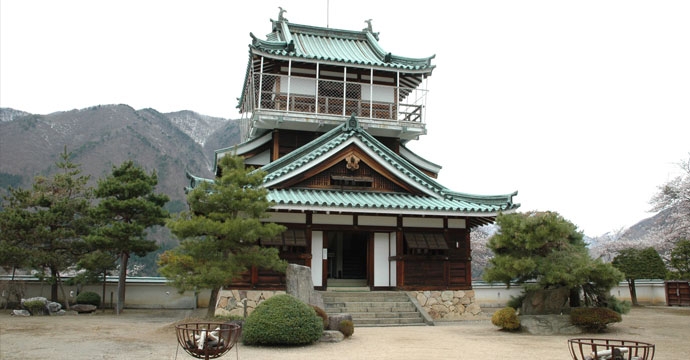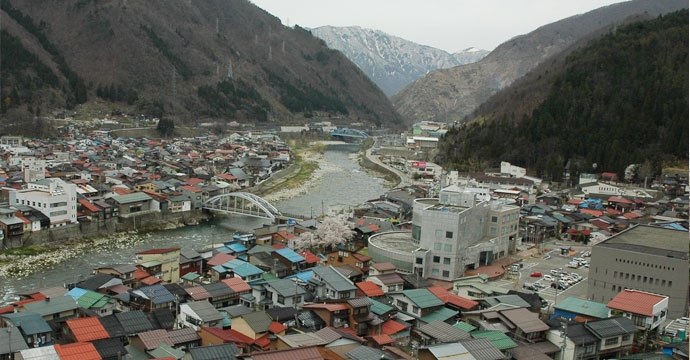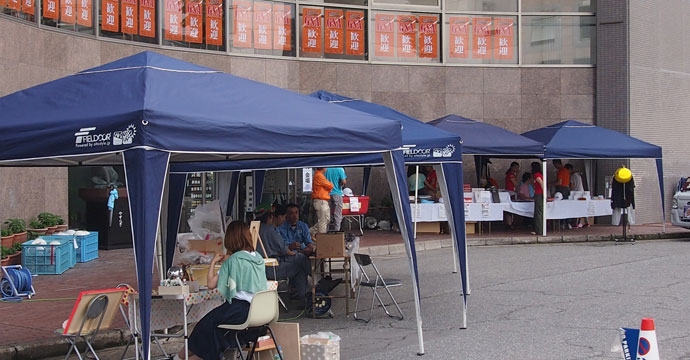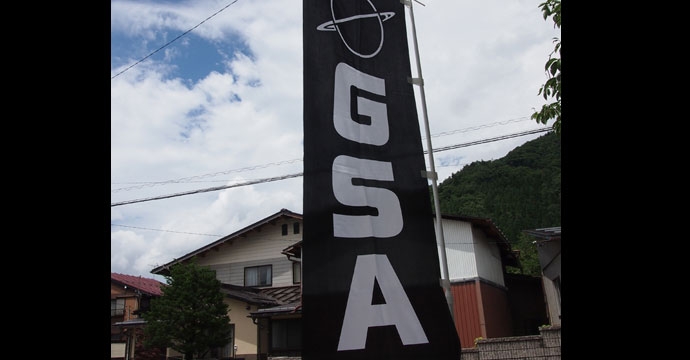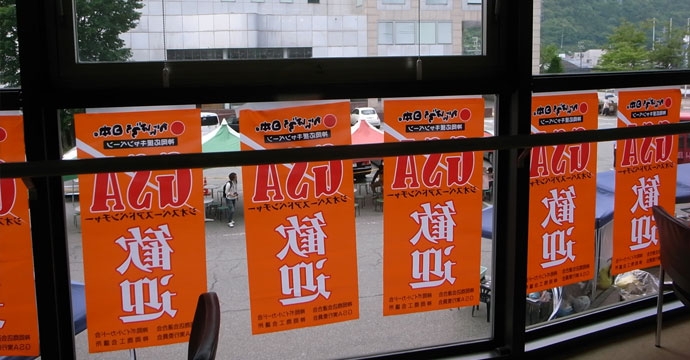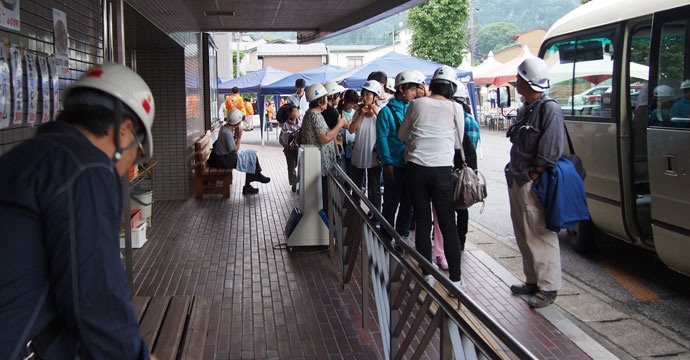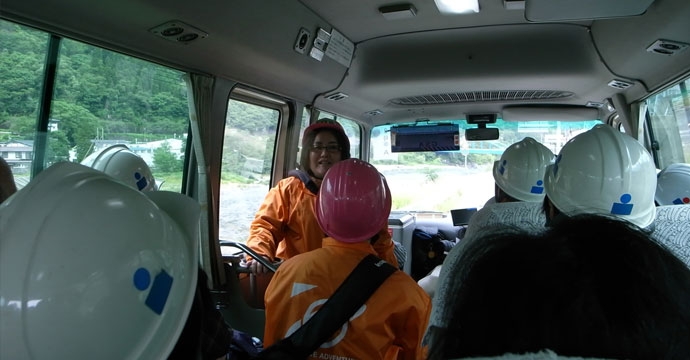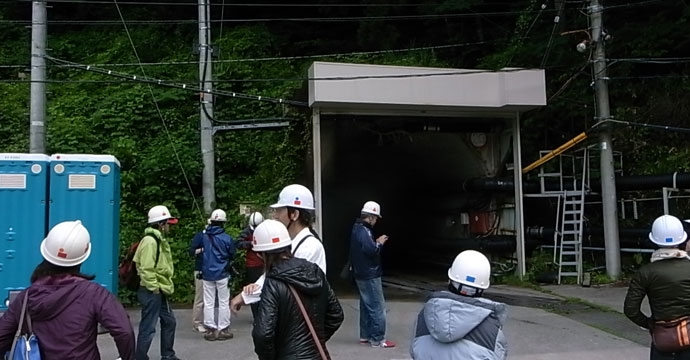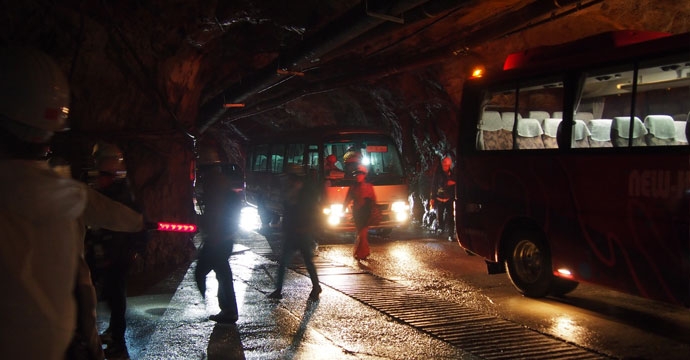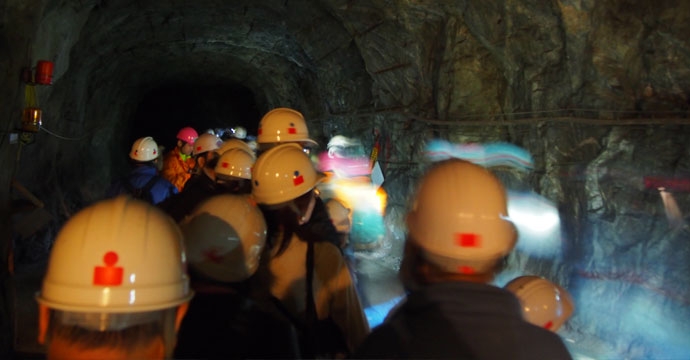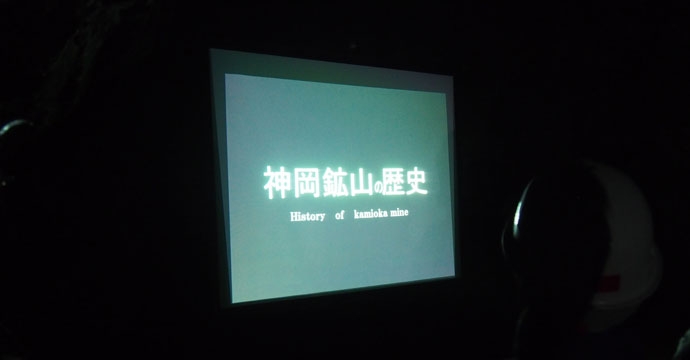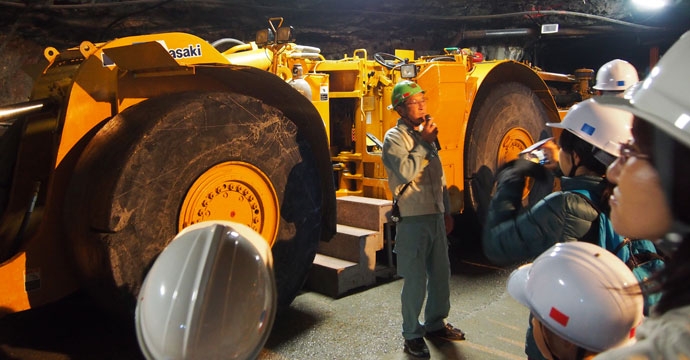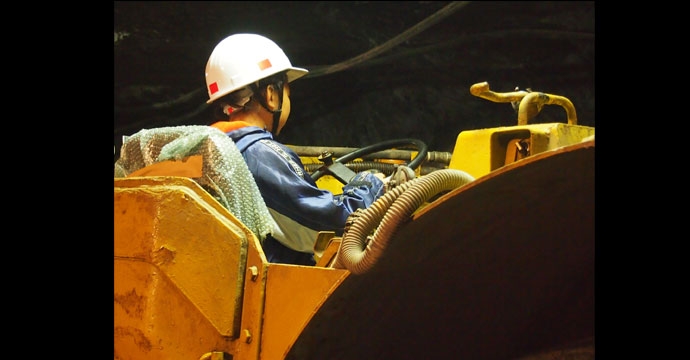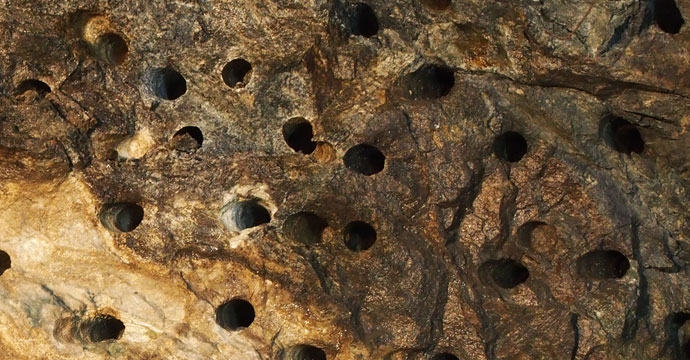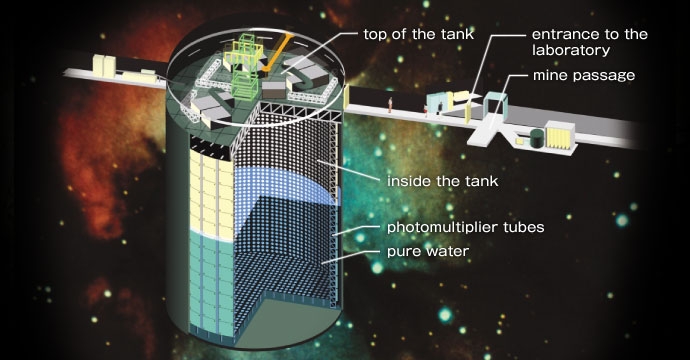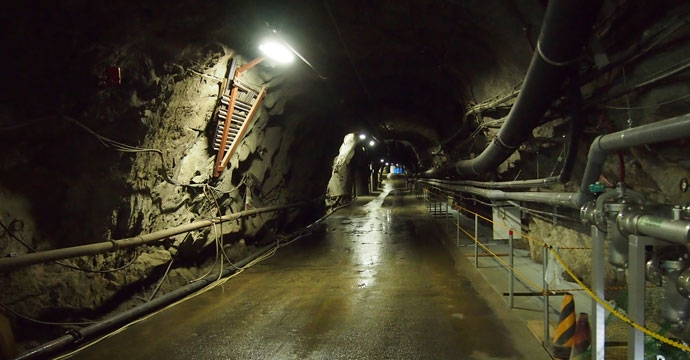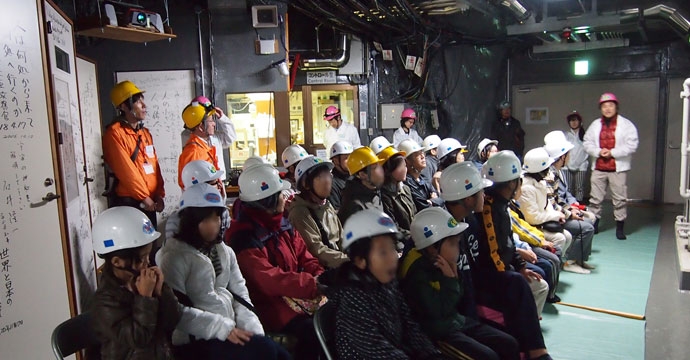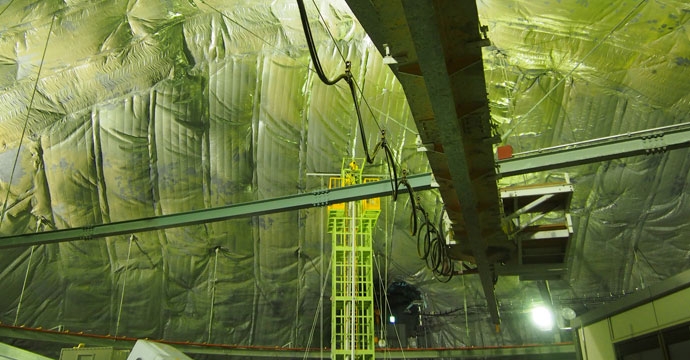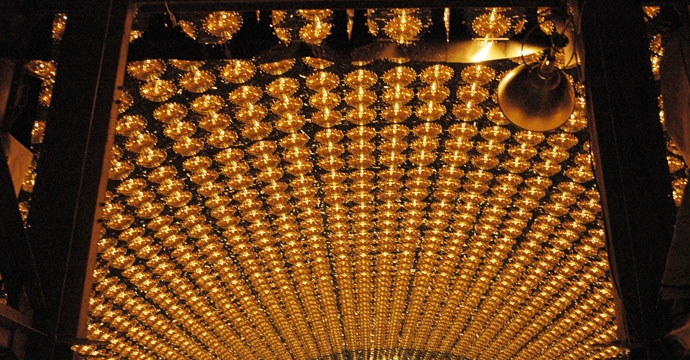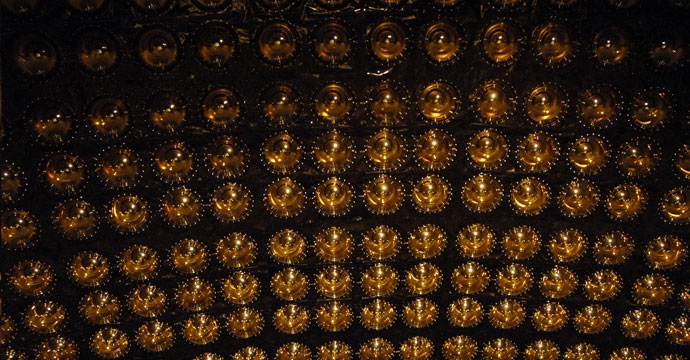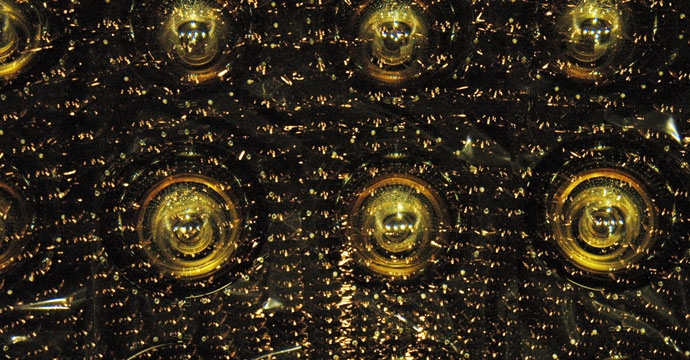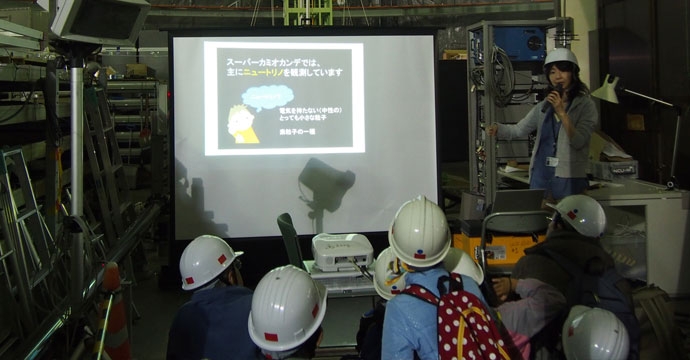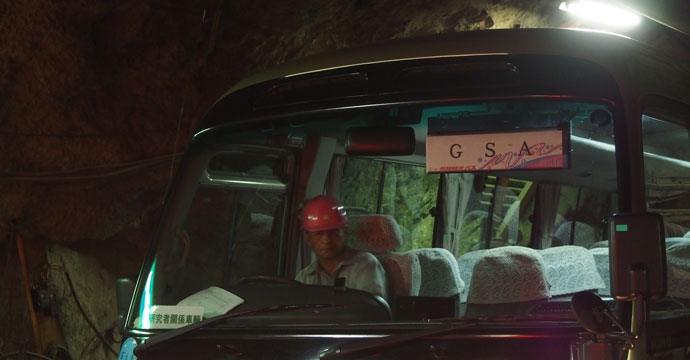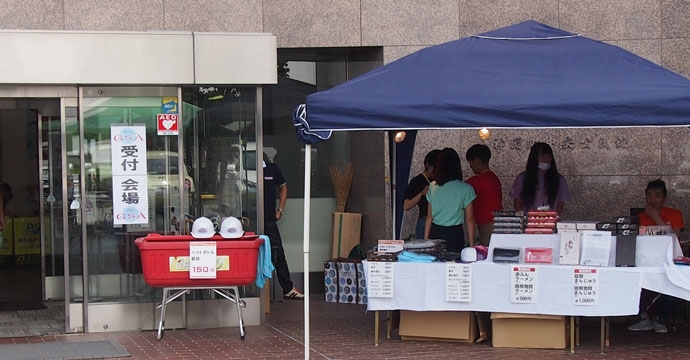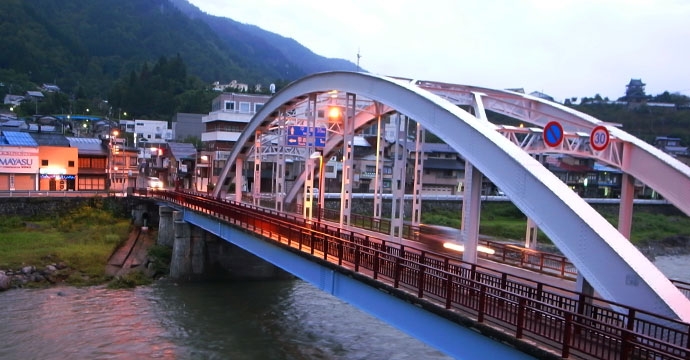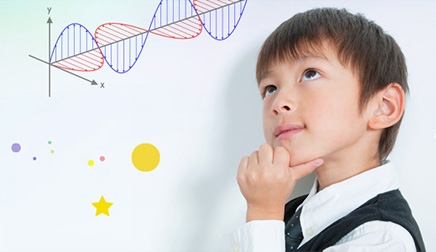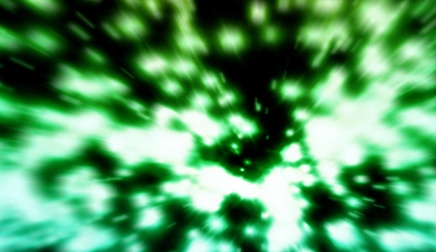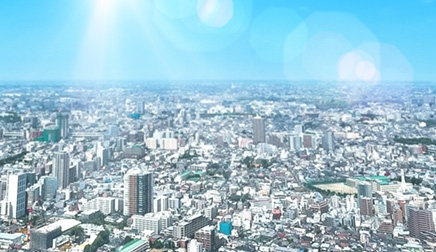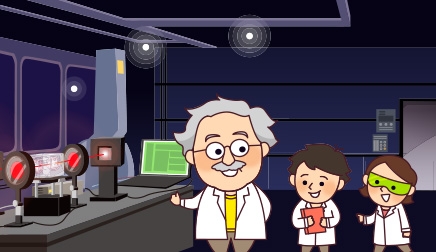 Home > Photon Boy adventure > Vol.02 GSA (Geo Space Adventure)
Home > Photon Boy adventure > Vol.02 GSA (Geo Space Adventure)
Vol.02 GSA (Geo Space Adventure)
Photon Boy explores an underground world at Kamioka-mine!
The GSA is a science event held every summer at the Kamioka Mine located in the town of Kamioka in Hida-city in Gifu Prefecture. This event was held on July 17 and 18th in 2015. I was lucky enough to take part in GSA 2015 and so I can give you a brief report on what it is all about!
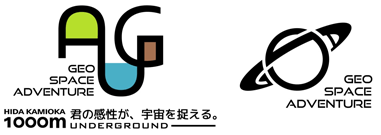
The time when large scale mining dug up ores and minerals from the Kamioka-mine is now over, but the fact that the area has minimal natural background radiation and a large mine shaft space available has brought the mine a comeback in the form of the Astrophysics Experiment Facility. Facilities such as the Kamioka Observatory, operated by the Institute for Cosmic Ray Research at the University of Tokyo are located here and carry out the cutting edge astrophysics research on neutrinos and dark matter, etc.
The Kamiokande Experiment Facility which first started making observations in 1983 is especially famous for a major discovery in 1987 by detecting neutrinos originating from a supernova explosion occurred in nearby galaxy called the Large Magellanic Cloud. This discovery led in 2002 to the awarding of the Nobel Prize in Physics to Koshiba Masatoshi a Distinguished University Professor at the University of Tokyo. If you are someone who likes science, then this is a really special place you don’t want to miss.
So what kind of place is the town of Kamioka?
Taking part in the GSA 2015 mine exploration tour
Finally entering the underground world and into Kamioka-mine
Kamioka-mine and the overwhelming power of heavy drilling machinery!
On to Super-Kamiokande for the cutting-edge neutrino research!
So what kind of place is the town of Kamioka?
Kamioka, located in Hida-city in Gifu Prefecture is a quiet castle town that has flourished through the ages from the rich mining there. In the Kamioka-mine area, Mount Ikenoyama where the Mozumi-mine is located stands some 1,369 meters tall along the Takahara River flowing through the center of town. Our underground adventure tour taking place in this mountain is a GSA. If time permits taking a walk through the town of Kamioka is highly recommended.

Taking part in the GSA 2015 mine exploration tour
We first gathered at the Kamioka town public hall to finish signing up for the tour. Even though it was July and mid-summer, the temperature in the mine is a cool 14°C all year round. That's why everyone has cold weather jackets.

Finally entering the underground world and into Kamioka-mine
Entering Atotsu-mine we next switched to a low-emission vehicle specially made for mine operations. Finally we are going further into the mine. This mine shaft located directly below the peak of Mount Ikenoyama extends 1,000 meters underground. Entering deep inside a mountain by car is an experience most people never get to see.

Kamioka-mine and the overwhelming power of heavy drilling machinery!
We next got a description and actual demonstration of heavy-duty drilling equipment from an employee at the Kamioka Mining and Smelting Company. Here we got a close look at heavy machinery that people usually never get the chance to see. Currently there is no large-scale ongoing excavation of metal ores but drilling operations are in progress to expand and build new experiment facilities so this heavy-duty equipment will of course play a major part.

On to Super-Kamiokande for the cutting-edge neutrino research!
After walking back through the mine, we next went to ”Super-Kamiokande” a research facility run by the Institute for Cosmic Ray Research, University of Tokyo. The Super-Kamiokande is an observation device made from a cylindrical tank 40 meters in diameter and at a depth of 41 meters filled with 50,000 tons of pure water. The entire surface on the inner side of the tank is enclosed by devices called photomultiplier tubes each 20 inches (about 50 centimeters) in diameter. These photomultiplier tubes allow observing neutrinos flying here from outer space!
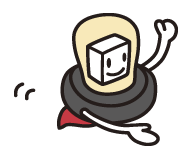
Treasured photos from inside the tanks at Super-Kamiokande
Unfortunately, experiments are now underway at Super-Kamiokande which means entering inside the tank or peeking inside is prohibited. But to tell the truth I've already been inside the tank! In 2006, I got special permission to enter it during the tank maintenance period. Take a look at some of the pictures I took at that time.

End of the GSA tour
Once the tour inside the mine finished, we returned by shuttle bus to the Kamioka town public hall. Inside the town public hall, we saw a presentation of “kamLAND” which is a separate observation facility within the mine. There were also displays and exhibits by the Kamioka Mining and Smelting Company that operates the mine and Hamamatsu Photonics that produces the photomultiplier tubes used at Super-Kamiokande. Here we got actual close-up views of valuable minerals as well as photomultiplier tubes and many other unusual items.

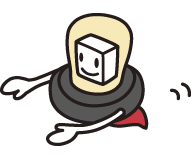
Check out these other websites for more detailed information on GSA and Super-Kamiokande, etc.
GSA [GEO SPACE ADVENTURE] http://gsa-hida.jp/ *JapaneseInstitute for Cosmic Ray Research at the University of Tokyo, Kamioka Observatory http://www-sk.icrr.u-tokyo.ac.jp/index-e.html
Hida-city http://www.city.hida.gifu.jp/ *Japanese
Hida Academy http://www.hida.academy/index.html *Japanese



